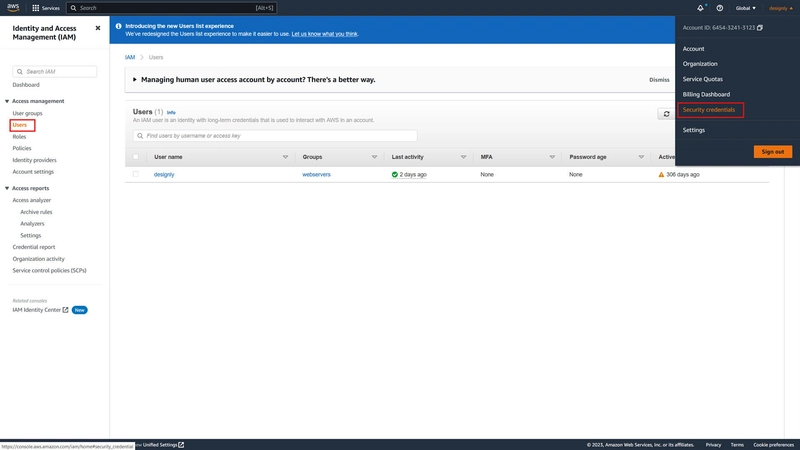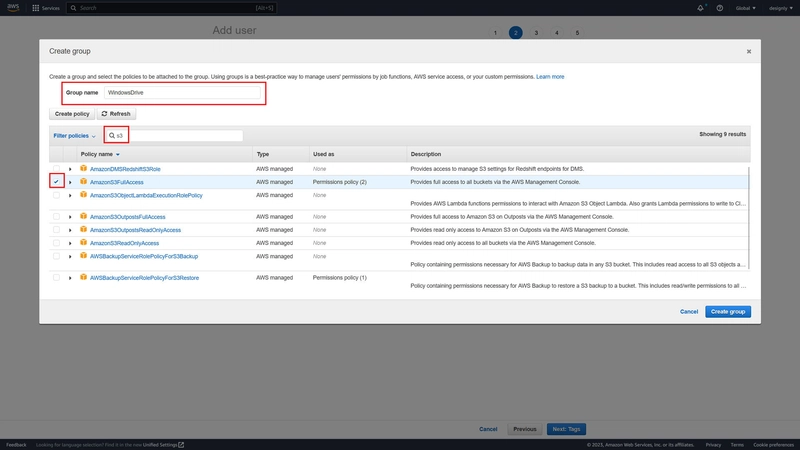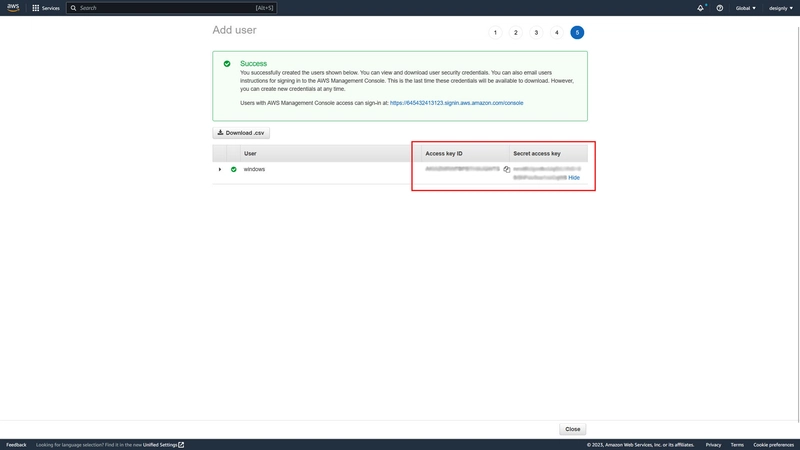I've written several articles about Amazon Web Services, particularly on how to leverage it as a powerful CDN provider partner. See articles:
But managing files using the S3 web interface on the AWS console is, in my opinion, a pain in the tuchus. Well, thankfully, I've found a solution that makes managing your S3 bucket files as easy as managing a local Windows volume.
On a side note, this solution is currently only available for Windows. There are other methods for mounting an S3 bucket on other operating systems, such as MacOS and Linux, but that is outside the scope of this article.
This article also assumes you already are an Amazon Web Services user and that you already have an S3 bucket in use. If you are new to AWS but would like to get started using the Simple Storage Service (S3), which has a generous free tier, then I recommend these articles:
Also note that the Simple Storage Service is not an exclusive Amazon product, there are several other service providers that will work with this solution. Please see the appendix of this article for that list.
Creating an AWS User With Permissions
The first step is to create an IAM user with the necessary permissions to access S3. To begin, click on your profile icon in the upper right corner of the AWS console, then select Security Credentials.
Next, click Add User and enter a User name and check Access Key for the access type. You can name the user whatever you like. I've chosen windows.
On the next screen, create a new group. I've named mine WindowsDrive. Pick a name that's appropriate for the function it's associated with. Next, type S3 to filter the policies and check the policy AmazonS3FullAccess. Click next twice, ignoring the tags screen, and then click Create User on the review screen.
On the success screen, you should now have an Access Key and Secret Key. Copy both into a text file for safe keeping. Do not forget your secret key or you'll have to generate a new one.
Download S3 Drive by nSoftware
You download the starter edition of S3 Drive from nSoftware for free. The free version can only connect and map one drive at a time and cannot be installed as a service, but it works great!
Once installed, run the app and you should be presented with a configuration screen:
You can give the drive a friendly name at the top, then choose a specific drive letter to assign or simply use the last one available. Be sure to select the correct AWS Region and enter your Access Key and Secret Key. If you've entered everything correctly, the Bucket dropdown menu should automagically be populated with a list of your available S3 buckets! Select the one you want to map and then click Ok.
Click the Start or Connect button in S3 Drive and your bucket should pop up in Explorer. Now you can copy, paste and delete files just like any other local drive!
I hope you found this article useful. For more great information about systems administration, web dev and more, please read the Designly Blog.








Top comments (0)